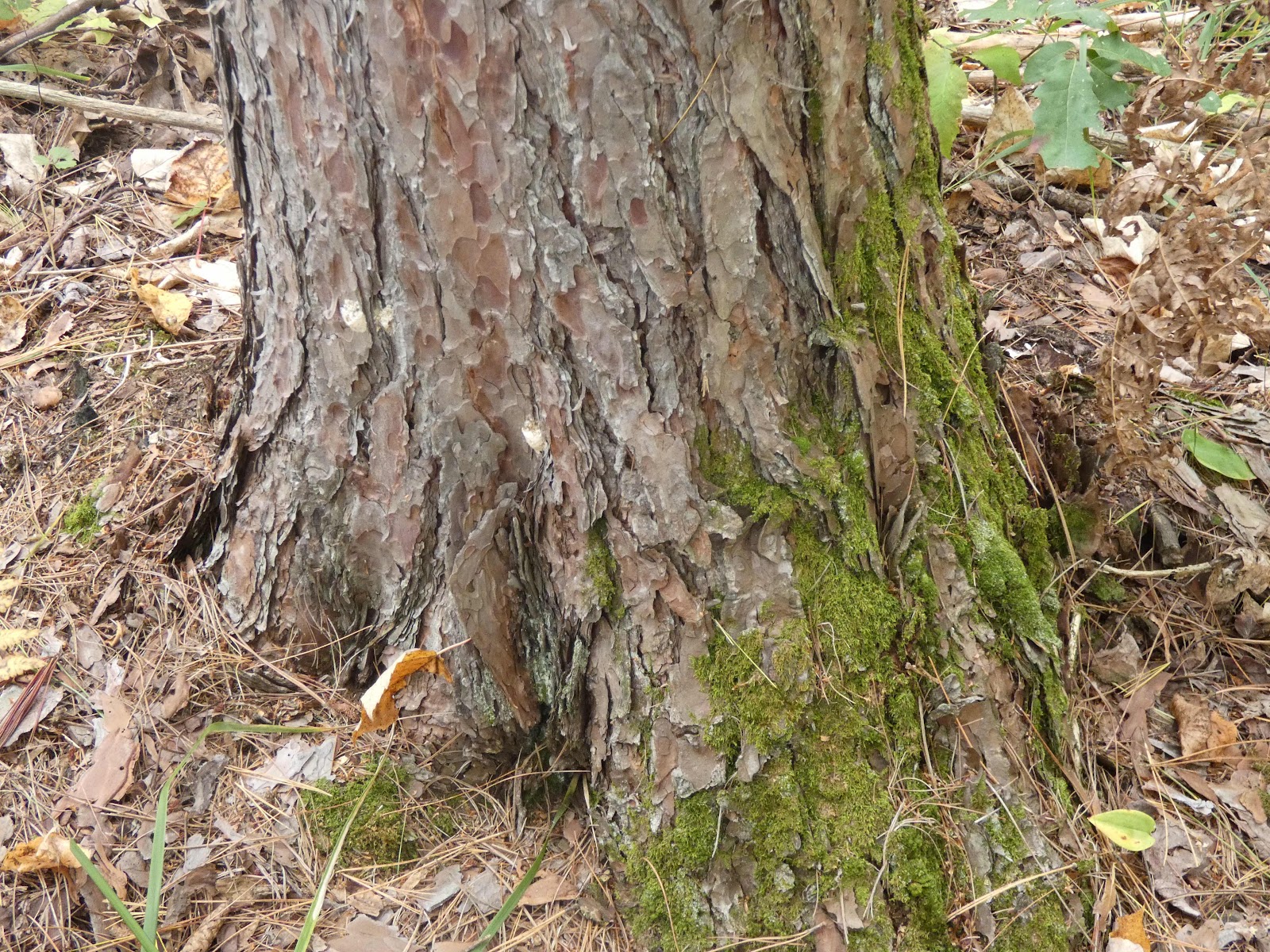On 6th October we visited Petroglyphs Provincial Park. It’s renowned for the largest petroglyph collection in Canada. The petroglyphs were buried in moss until 1954 when they were shown to archeologists. Unfortunately, after that they were left uncovered, and they rapidly deteriorated, losing more than half their inscription depth. A special building has been built around the petroglyphs so they’re now kept at a constant humidity, so they won’t deteriorate much anymore. The local indigenous population has requested that no photos be taken, so I couldn’t give you any. Suffice it to say, they’re worth seeing.
In the same park, there’s a meromictic lake - McGinnis Lake. Because it is very still, sediment stays in the same place it’s deposited, so 10,000 year cores can be taken. No fishing or swimming or anything else that could disturb the lake is allowed.

 After visiting the lake, we went to Toronto to catch our planes the next day to Moab in Utah.
After visiting the lake, we went to Toronto to catch our planes the next day to Moab in Utah.